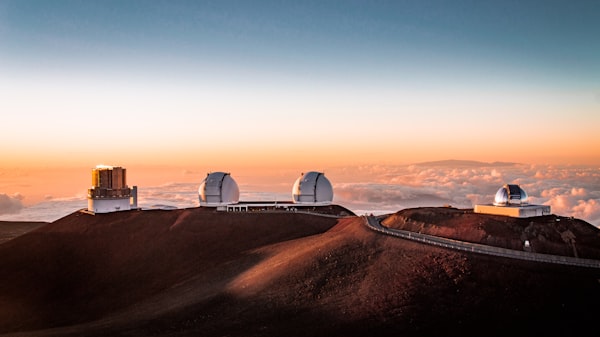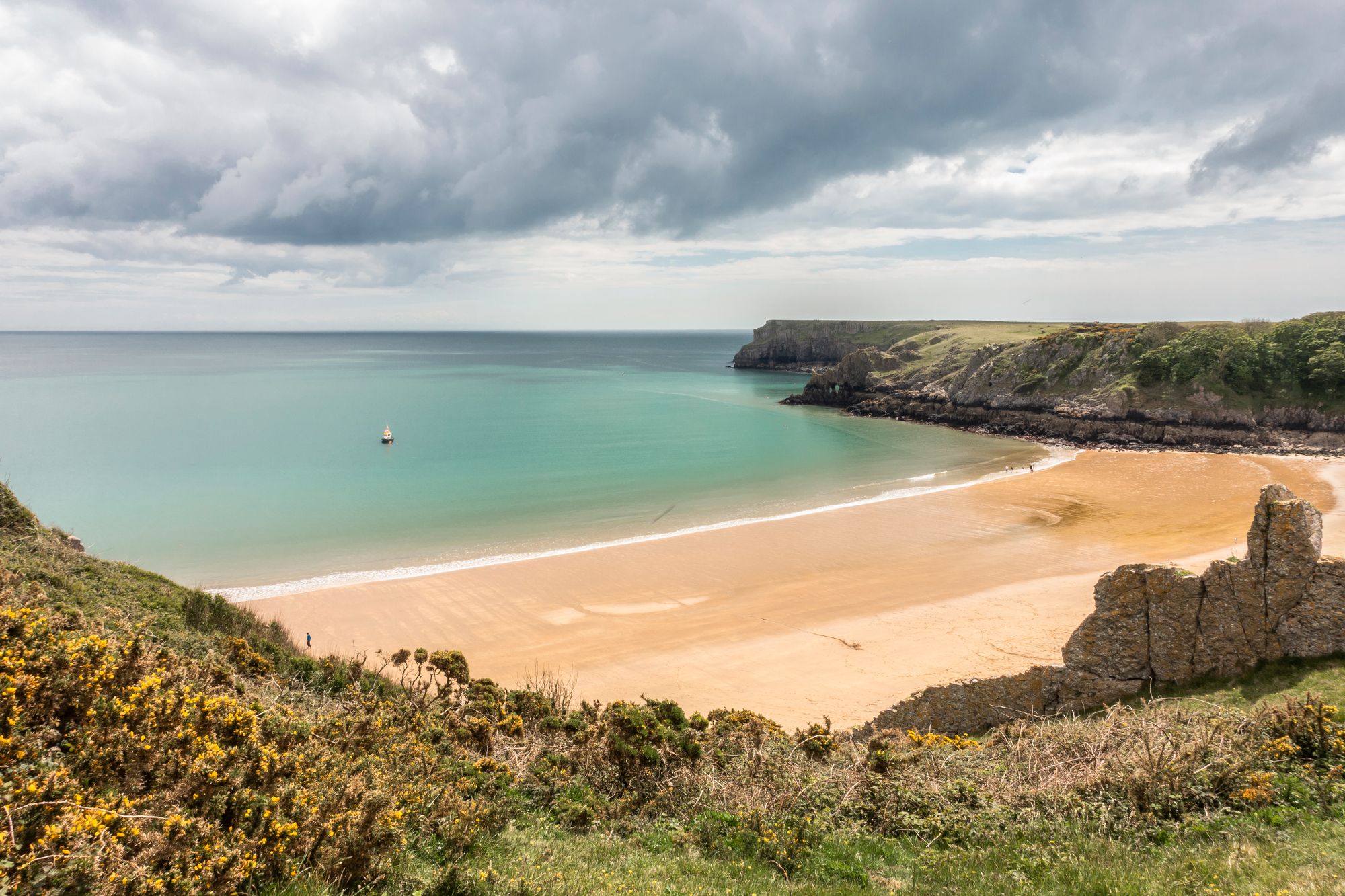In this must-have campervan accessories guide, you’ll find a list of items that are essential for a fun, comfortable and safe journey in your motorhome or van conversion.
We’ve got a comprehensive list of 59 essential items for your campervan kitchen, bathroom, storage, security and day-to-day living needs.

